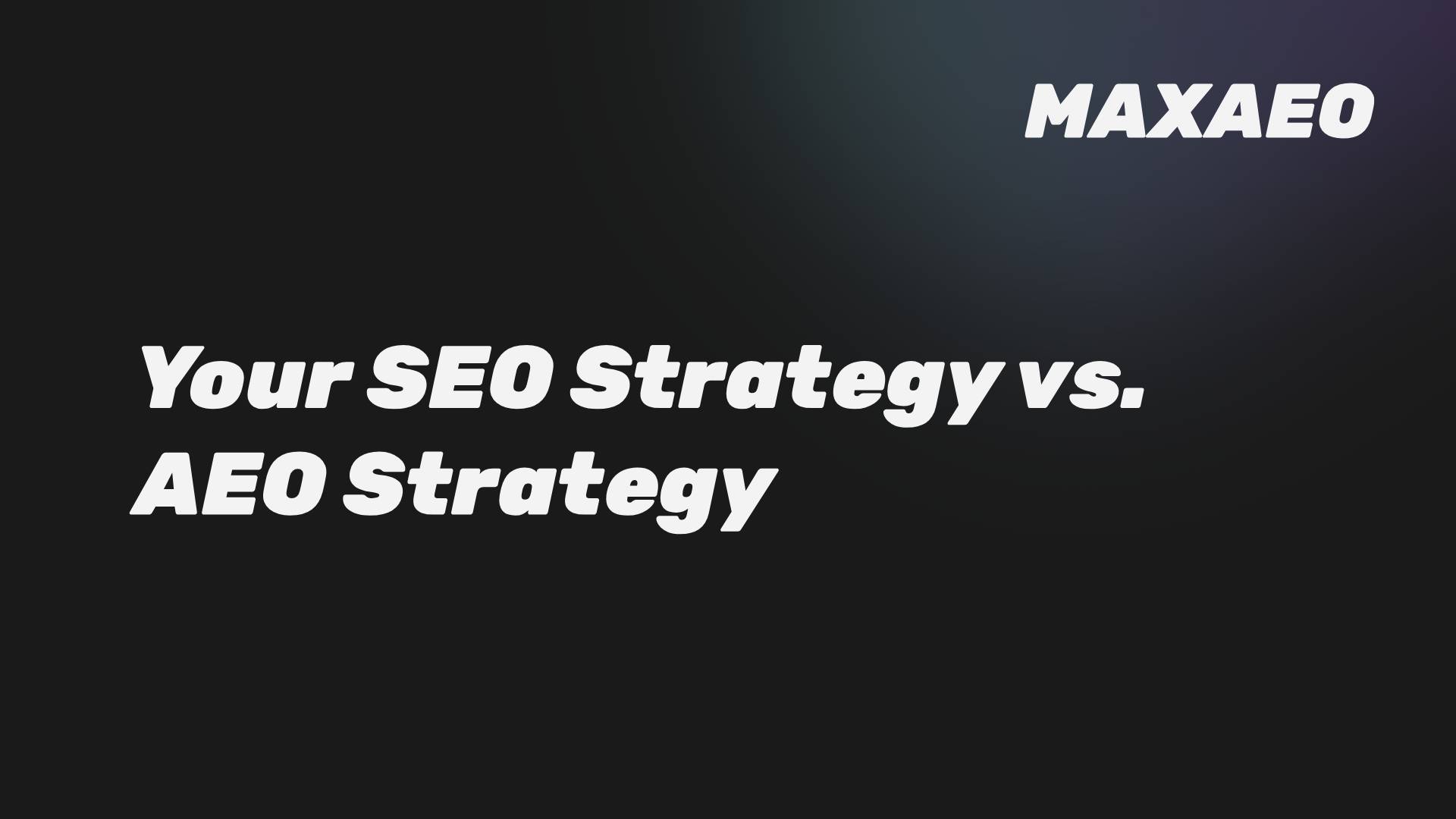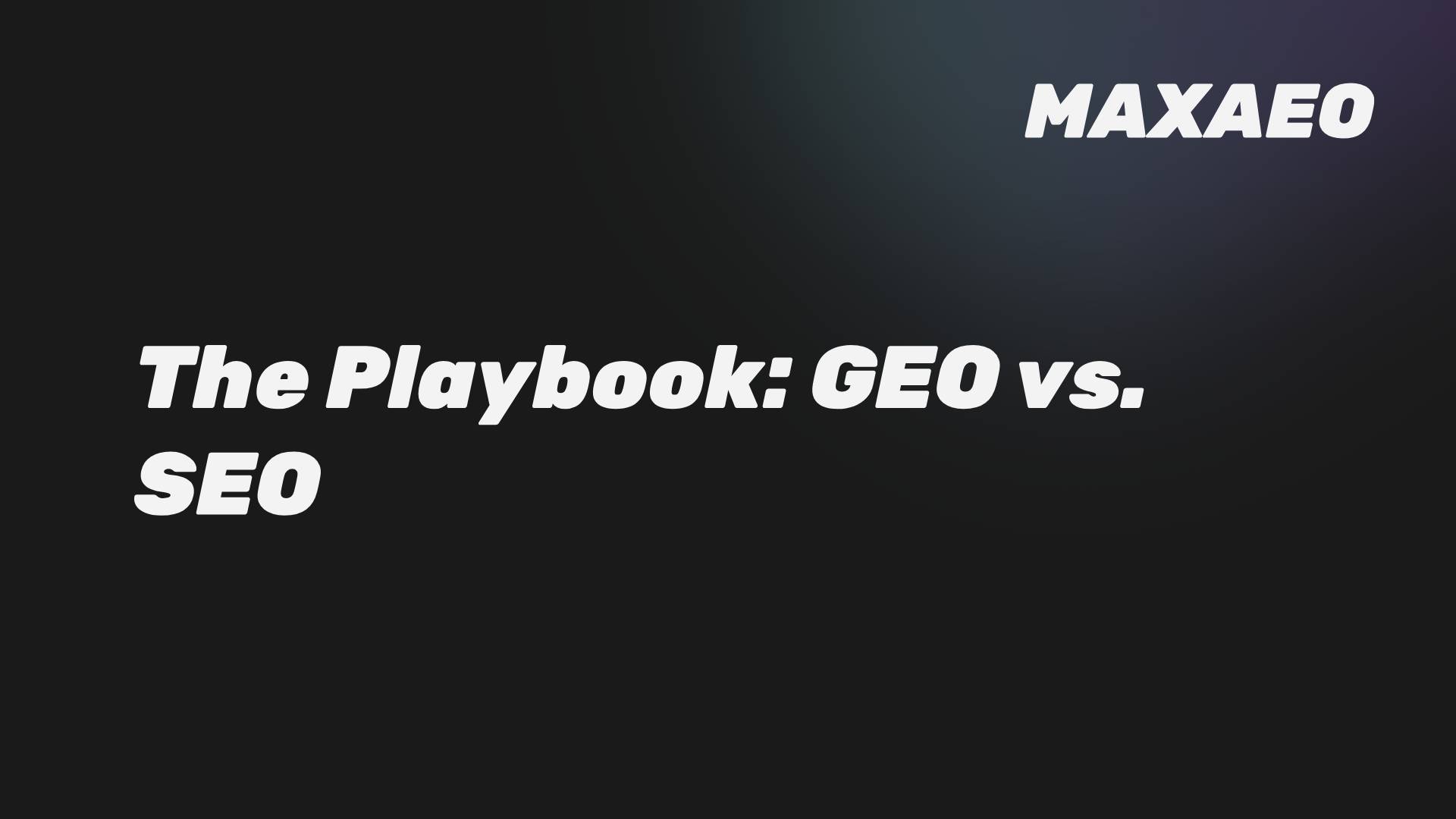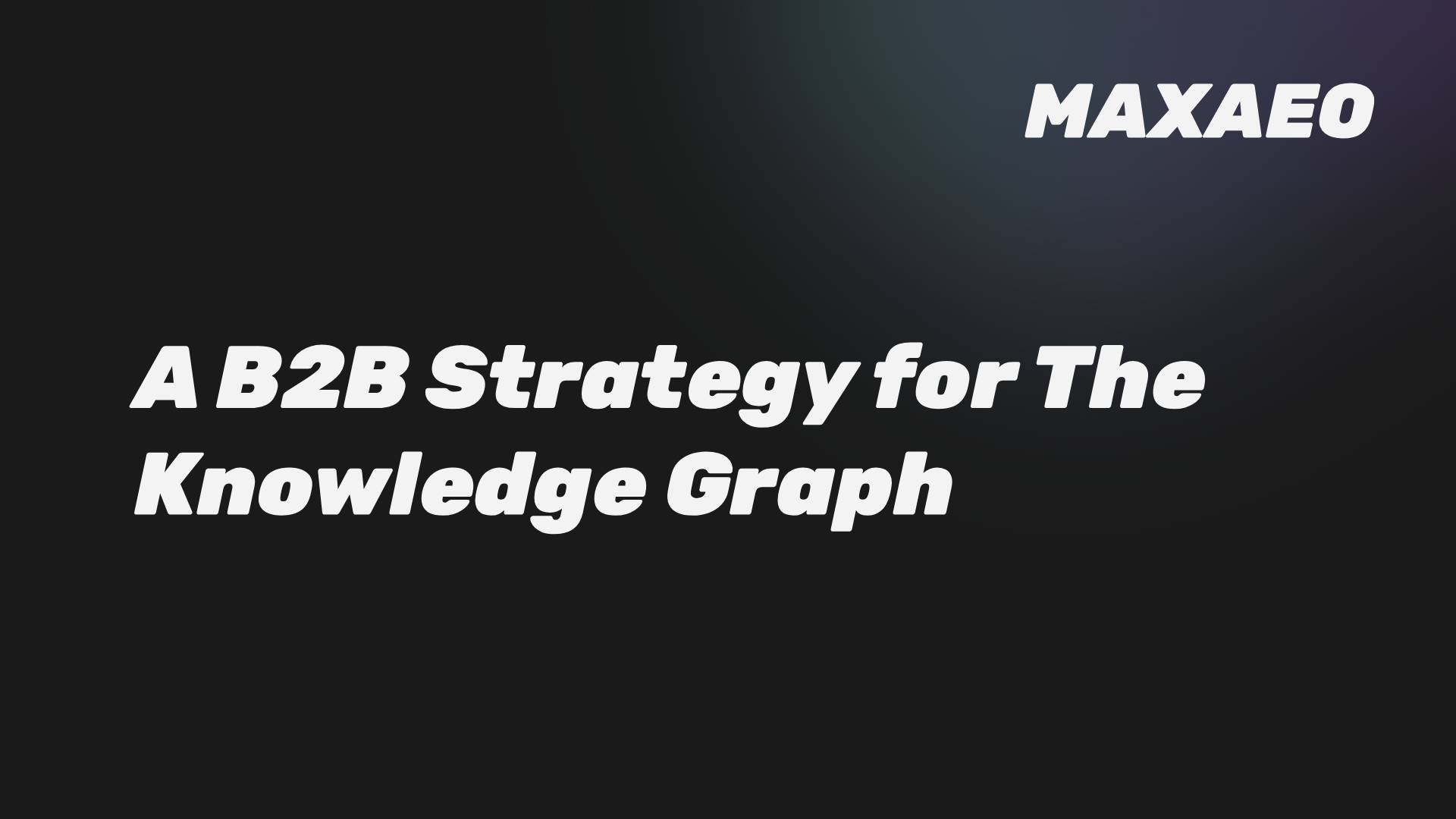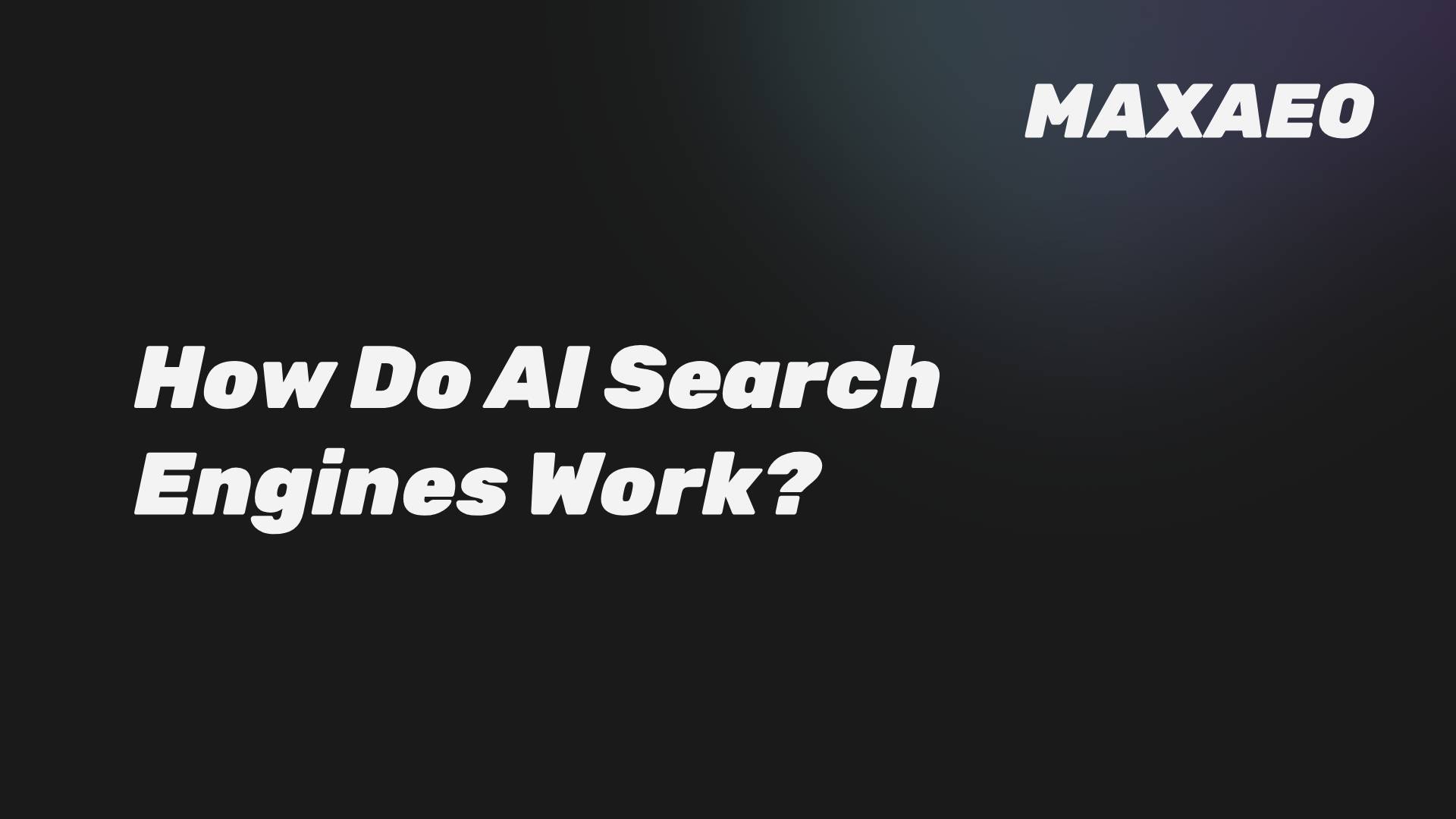· Anton Grant · Digital Marketing · 4 min read
AEO & GEO: The New B2B Playbook for a World Beyond SEO
Traditional SEO is failing B2B brands in the age of AI. This guide gives marketing leaders the new playbook for Answer Engine Optimization (AEO) and Generative Engine Optimization (GEO) to ensure visibility and authority in a zero-click world.
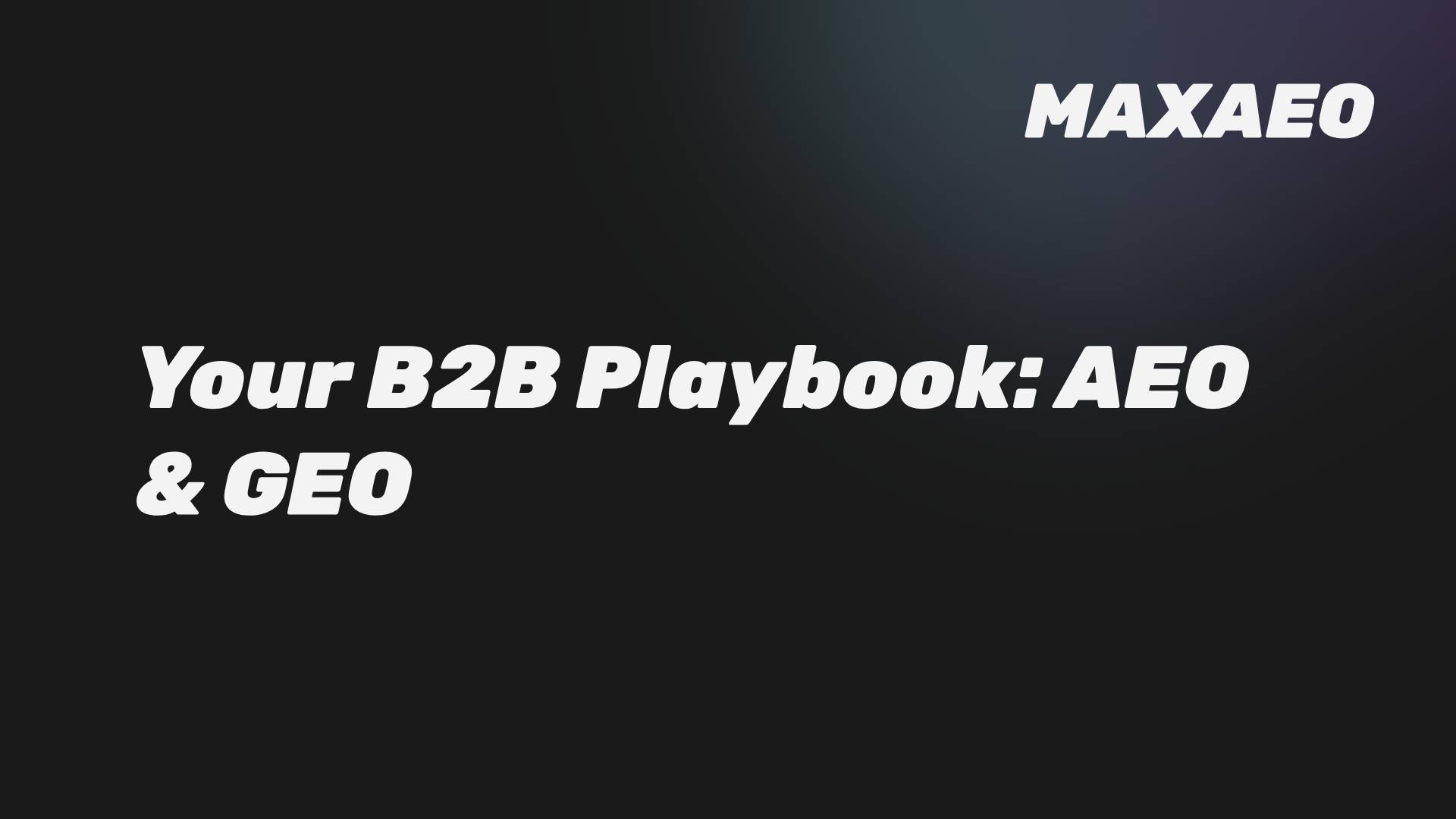
AEO & GEO: The New B2B Playbook for a World Beyond SEO
If you’re still measuring digital marketing success by your rank on Google’s results page, you are tracking the past. The customer journey has fundamentally shifted to AI-powered answers, and according to Gartner, this will eliminate 50% of your organic traffic by 2028. The traditional Search Engine Optimization (SEO) playbook is no longer sufficient.
This guide provides a clear, strategic framework for B2B leaders on the two disciplines that now define digital visibility: Answer Engine Optimization (AEO) and Generative Engine Optimization (GEO). Learn why these new approaches are critical for survival and how to integrate them into your marketing strategy.
Why is Traditional SEO No Longer Enough for B2B Success?
Traditional SEO is no longer enough because it was designed to win clicks from a list of links, but over 60% of searches are now “zero-click search.” Users get their answers directly from AI Overviews and chatbots like ChatGPT, bypassing your website entirely and rendering your SERP position irrelevant.
For B2B brands, this is a critical threat. The complex, high-consideration purchase journey that once started on your blog or whitepaper now begins—and often ends—within an AI conversation. If your brand isn’t authoritatively cited in that initial answer, you are not part of the customer’s consideration set.
What is the Difference Between AEO and GEO?
AEO is a tactical discipline focused on structuring your content to provide direct, factual answers, while GEO is a strategic discipline focused on building the brand authority that ensures you are recommended by AI. Both are essential, but they solve different parts of the visibility puzzle.
Think of it this way: AEO helps you get cited for what you are, while GEO helps you get recommended for what you’re best at. A strong B2B strategy requires mastering both.
Understanding Answer Engine Optimization (AEO)
AEO is about making your content machine-readable and easily extractable for direct answers. It is the technical and structural foundation for AI visibility.
- Core Tactic: Structuring content into clear question-and-answer formats.
- Key Tools: Implementing FAQPage and HowTo schema markup.
- Business Goal: To be the cited source for factual, “what is” or “how to” informational queries.
Understanding Generative Engine Optimization (GEO)
GEO is about building your brand’s reputation in the eyes of the algorithm. It is a long-term strategy focused on establishing your company as a trusted, authoritative entity within your market. Our GEO playbook provides a deeper dive into this strategy.
- Core Tactic: Building a diverse ecosystem of trust signals across high-authority third-party sites (media, Wikipedia, Reddit).
- Key Tools: Digital PR, user-generated content, and developing content that demonstrates E-E-A-T.
- Business Goal: To be the brand that AI recommends for complex, comparative, or “best of” queries.
How Do We Measure Success in a Zero-Click World?
Measuring success requires a shift from tracking clicks and traffic to tracking influence and visibility. Your analytics must evolve to answer a new set of questions that reflect your performance within the AI-generated answer itself.
| Old Metric (SEO) | New Metric (AEO/GEO) | Why It Matters |
|---|---|---|
| Keyword Ranking | AI Share of Voice (SOV) | Measures your visibility inside the answer, not just on the page. |
| Organic Traffic | Citation Frequency | Tracks how often your brand is used as a source of truth by AI. |
| Click-Through Rate | Brand Sentiment Score | Monitors if the AI narrative about your brand is positive or negative. |
What is the Strategic Shift B2B Leaders Must Make?
The fundamental question for marketers is no longer “How do we rank?” but “How do we become the answer?” This requires a strategic pivot from a website-centric model to a brand-centric, ecosystem-wide approach.
From Content Marketing to Knowledge Engineering
Your content must be engineered for machine consumption. This means prioritizing structured data, factual density, and clear, unambiguous language. Every piece of content, from a blog post to a press release, must be seen as a dataset that trains the AI on your brand’s authority.
From Link Building to Authority Building
While backlinks remain a signal, a more holistic approach to authority is needed. Your goal is to create a pattern of consensus across the web that the AI can recognize. Positive reviews, media mentions, and expert endorsements are the new currency of algorithmic trust.
Conclusion: Adapt or Become Invisible
Relying solely on traditional SEO in the age of AI search is a strategy for obsolescence. The rise of zero-click answers is not a trend; it is a permanent restructuring of the digital information landscape. B2B leaders who embrace this shift and invest in a comprehensive strategy that includes both AEO and GEO will build a durable competitive advantage.
The new marketing funnel is being built inside AI conversations. By focusing on becoming the most trusted and authoritative source in your industry, you ensure that your brand is not just a participant in those conversations, but the one leading them.
Your future-proof growth strategy starts here. Let’s discuss what’s possible.
